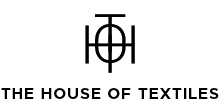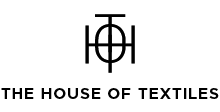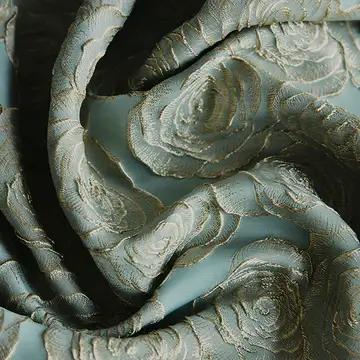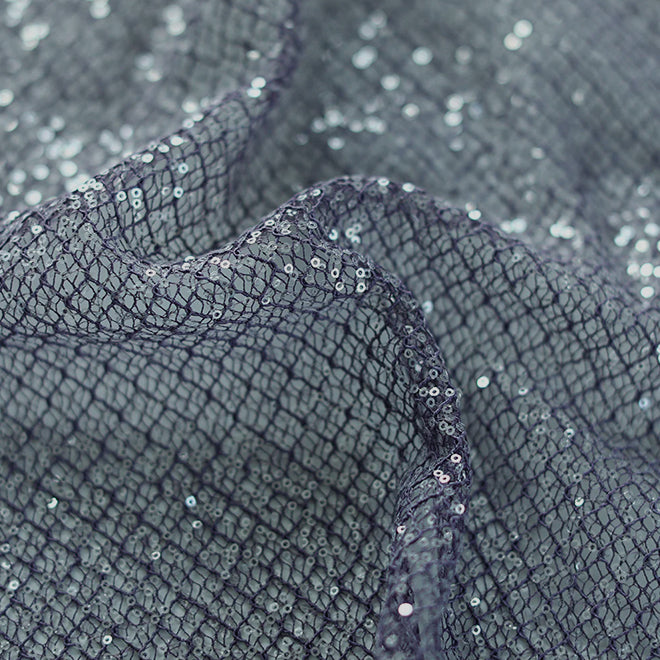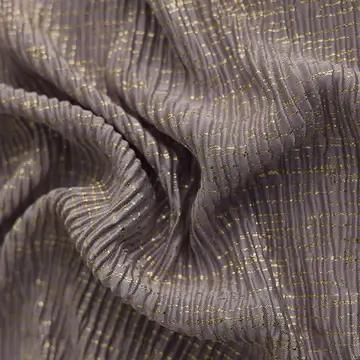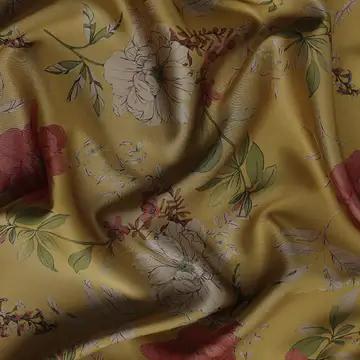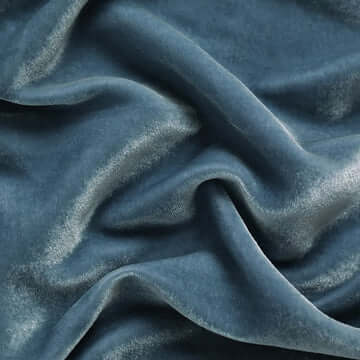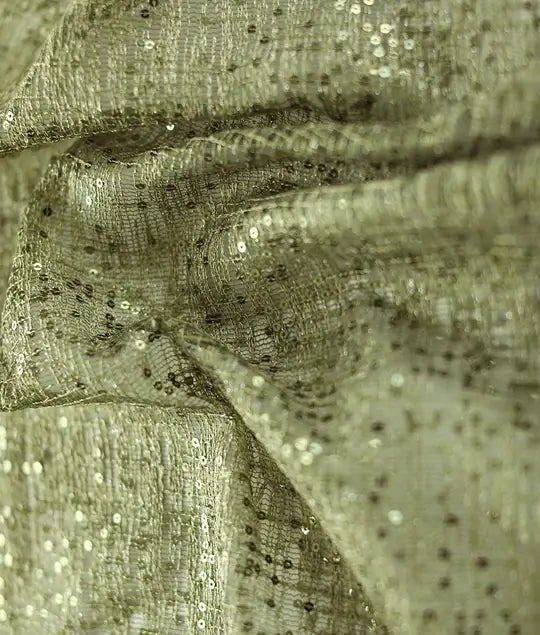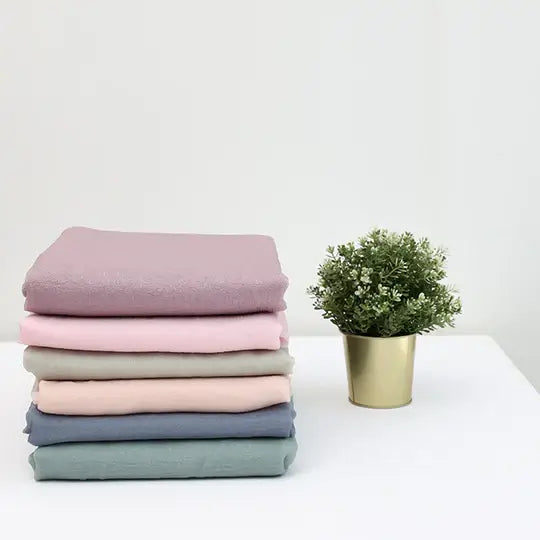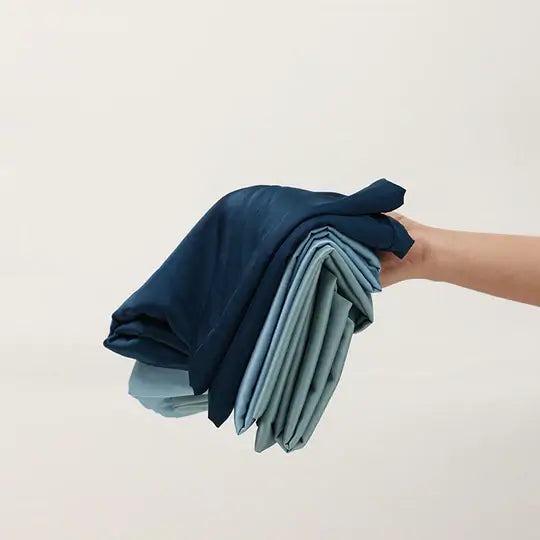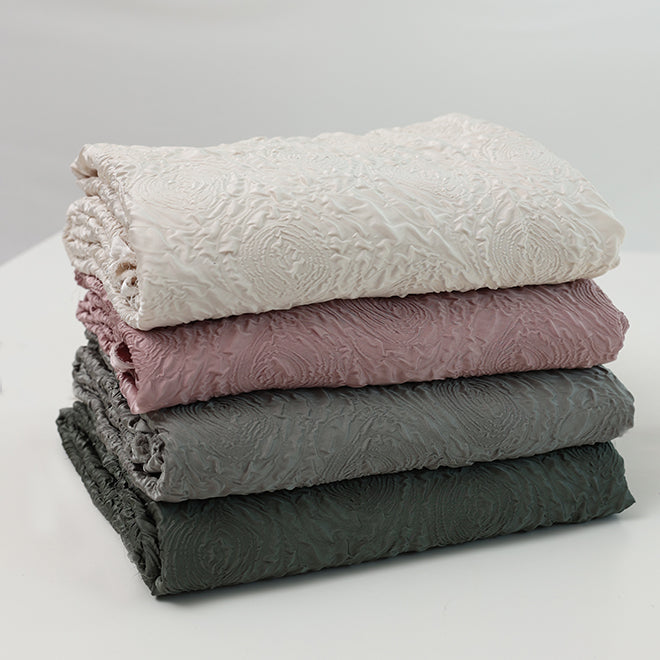Sourcing Fabric for Your Clothing: How To Choose A Fabric Supplier in India?
Are you thinking of purchasing fabric for your clothing brand? If so, keep in mind that starting a clothing line requires a lot of work, money, time and labour. Above all - Innovative ideas!
Even though you possess a passion for the love of clothing, managing a brand can be both daunting and perplexing. What is the fabric requirement? Which vendor should I seek out? Which print type will work best? Who can guarantee the cloth and its print? Such pondering thoughts are normal.
Selecting the appropriate fabric online is the first step in designing, no matter whether you work for a fashion label, an enterprise, or a private label. Your expenses can be minimised and your sourcing time can be saved with the correct fabric source!
So let's begin with the fundamentals. We'll explain how to choose the best fabric provider.

What is Fabric Sourcing?
Finding the ideal supplier for your product or service is accomplished through the process of sourcing. That being said, fabric sourcing is a method of getting the fabric you need for your company, whether it's for home décor, personal accessories, or apparel.
Defining Fabric Requirements
Make a list of the materials you need before visiting a fabric supplier. Which kind of cloth is required? What amount are you looking for? Your spending limit and more. If you know the ultimate style you want for your outfit but are unsure about the type of fabric, a professional fabric online provider may assist you in selecting the ideal material.
Fabric Type
Although there are other methods to produce fabrics, the following are the most widely used ones:
- RFD Fabric
RFD fabrics are defined as materials that have undergone a number of processing stages before dyeing is done. They are made by processing greige fabric, which involves scouring to improve the fabric's ability to absorb dye.
- Printed Fabric
Printed fabrics are just fabrics that have been printed on. It is the technique of infusing colours and designs into fabric. The ajrak, dabu, and indigo print are the ideal representation of these textiles.
- Knitted Fabric
These materials are typically stretchy, comfortable, and breathable. With the aid of needles, the strands are interlocked to produce them. Knitted materials are a great option for active wear because they don't wrinkle easily.
- Woven Fabric
These textiles are woven at a straight angle to one another using two or more threads applied on a loom. To put it briefly, woven fabrics are more about how fabrics are created using various weaving techniques than they are about the actual cloth. The type of fiber used during the weaving process affects how woven garments look.

Quantity Needed
If you're designing a collection, choose how many silhouettes you'll design. Will the fabric or print used for all of these silhouettes be the same?
Some of you might want to choose the silhouette after finalizing the printed fabric online. In any case, selecting the stock for each style comes next after you've decided on a few.
You might want to start a capsule collection as a young private label, where each design is only made in small quantities. These days, a lot of firms are experimenting with made-to-order clothing, in which the item is produced once the consumer placed an order. Here, the brands don't stock the finished product; instead, they keep the textiles on hand.
Once you've made this decision, you may calculate how much fabric will be needed for your collection using basic math.
How to Select the Best Supplier?
Once you have a list of vendors that fit your requirements, use these helpful hints to choose your manufacturing partner.
- Gauging a Supplier's Scalability
Finding out if your suppliers can handle variations in order size is made easier by looking at their scalability. If you are a medium-sized to large-sized business, you should consider your supplier's scalability before signing a contract.
- Requesting Swatches from a Fabric Manufacturer
Bulk orders can occasionally arrive completely different from what a seller has claimed. Keeping a sample proof and making notes is made easier when you have a return swatch in case the provider sends a fabric that doesn't meet your requirements.
- Testing the Fabric
Check the colour and consistency of the material in the returned swatches. Given that organic materials vary in quality from place to location, testing is vital. The wholesale pricing of cotton fabric sourced from China and Brazil are not the same.
- Check Client Reviews and Industry Certifications
Look for customer reviews on publicly accessible platforms before you go for fabric online shopping, such websites. If the supplier has any honors or certificates from the industry, you can ask to see them. These aid in background checks for you.

Wrapping Up
It is crucial for a fashion business to think about the quality and scalability of their supplier if they want to stay ahead of the competition. You also need to inquire as to whether the manufacturer can supply fabrics or other materials that are supplied responsibly. For apparel firms, sustainable fashion is the way of the future, and your supplier should have organic fabrics.
The House of Textiles is a reputable supplier of fabric dealing in silks, satin fabrics, printed fabrics, fashion fabrics and more. You can find a wide range of variety in terms of prints and colours and select the most appropriate fabric online according to your project.
